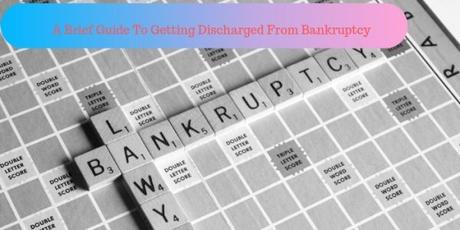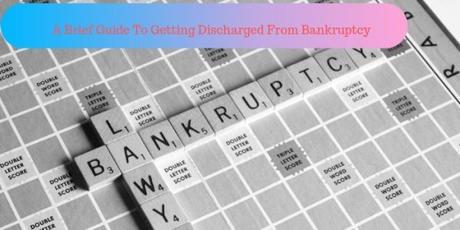

In India, filing for bankruptcy is initiated when an individual or a company cannot repay the debts. Instead of being pursued by the creditors, filing for insolvency is the only solution to come out of the financial hassles. After about a year staying as bankrupt, your debts are going to be discharged allowing you to get freedom from the debts for which you filed for insolvency. However, if the NCLT issues a restriction or an undertaking, the usual limitations of the procedure move away after a year.
Process of discharge
According to the Insolvency and Bankruptcy law , every debtor is expected to cooperate with the authorities during the period of bankruptcy such as divulging the information when needed. The discharge of debts takes place after twelve months when calculated from the exact date of filing bankruptcy although the discharge may come later in certain cases. However, if you fail to comply with the laws during the procedure of bankruptcy, strict action can be taken and the discharge of debts stopped even if temporarily.
Understanding the filing
What circumstances can compel an individual or a company to file for bankruptcy? If you exhaust all the financial resources, you may find yourself at the edge and the only saviour is to file for insolvency. Even though there are provisions in the Indian law that allow an individual to file for bankruptcy, it may not be as smooth as it is in the other countries. The IBC has not yet explained the procedure for the individuals to file for bankruptcy.
According to the existing process, if you cannot repay the debts more than five hundred Rupees in Indian currency, you can file for insolvency in the court. Furthermore, you can apply for a stay order against all the proceedings of recovery by the creditor. While the official appointed can control the assets, they are to be distributed among the creditors. Once the process of bankruptcy is completed, you can get your debts discharged and get a fresh lease of life.
Getting back the belongings
Now the question is whether you can get back the belongings after the discharge of debts. However, getting discharged after the completion of one year from the date of filing bankruptcy, you can get back only those belongings that have not been sold. However, the official process regarding the return of the belongings is to be dealt with by the authorities. For instance, if your home is not already sold within a specific period, it is usually returned to the debtor. The procedure of insolvency does not discharge you from all the debts such as those that are specified under some statutes, debts that incur due to the government, and the debts that result from fraudulent activities such as breach of trust. If you are a debtor looking forward to knowing the procedure of getting discharged from the debts, you have to consult with a bankruptcy lawyer for the best results. However, if you acquire new assets after the process of discharge, they are not to be claimed by the authorities.
Order of restriction
If the court imposes any restrictions during the period of filing bankruptcy, it is going to stay after the bankruptcy procedure as well even when your debts are discharged.
Changing public records
After the discharge of debts in the bankruptcy procedure, the details of the procedure may remain in various public records. Although some of them may be removed from the records automatically, you may have to take certain steps for the discharge of debts. Read the following.
The details may be removed from the public records automatically.
If you want the public record to reflect that you have been discharged from the debts after the procedure, you have to contact the authorities ask them to update the records. However, the records are going to show the bankruptcy filing for about six months to a year.
Distribution of assets
The asset distribution of an individual gone insolvent are carried out according to the priority of the debts.
Debts that arise due to the local authority or the government.
The salary or the wages must not exceed Rs 20 of a labourer, servant, or clerk that has been given to the bankrupt individual during the four months preceding the bankruptcy filing.
Rent of the landlord not exceeding a month.
Point to remember
Once the payments are cleared, all the debts present in the petition of bankruptcy are to be paid according to the amount without any kind of preference to the creditors. After the process of adjudication and considering the report received from the receiver or the assignee, the court grants an absolute discharge of debts. After the order of discharge, the debtor is released from all the debts payable with certain exceptions. The bankruptcy procedure and the discharge of debts is a complicated issue. Therefore, the debtors must discuss the procedure with a bankruptcy lawyer in India to get a guideline regarding bankruptcy and debt discharge.
Author Bio
Amy Jones has been serving as an experienced legal content writer in Ahlawat & Associates, who is related to general counsel services . She is a passionate writer and always on the lookout for opportunities for sharing her knowledge with legal community. Follow her company on various social media networks like: Twitter, Facebook and LinkedIn.
